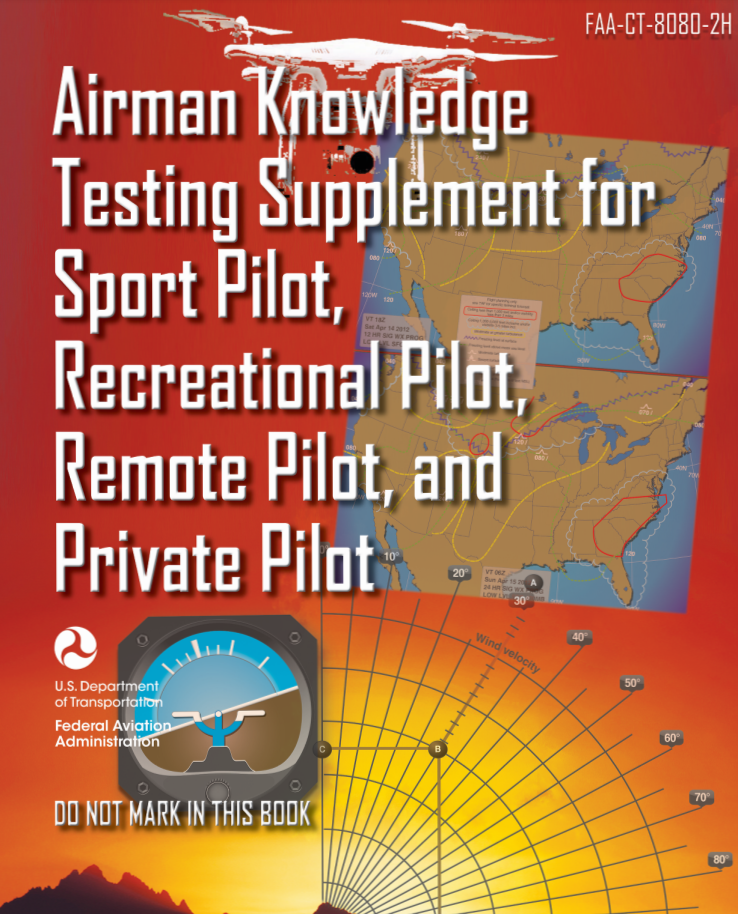Written Exams & Checkrides
An applicant must take and pass a written exam and a "checkride" for every pilot certificate sought (e.g., Private Pilot, Commercial Pilot, CFI, Airline Transport Pilot). For those that want to "add-on" an Instrument Rating to their Private Pilot, Commercial Pilot or CFI certificates, a written exam and checkride must also be passed; however, if an applicant wishes to add a Multi-Engine Rating to their Private Pilot, Commercial or CFI certificates, only a checkride must be passed as there is no corresponding written exam.
The topics covered in each written exam and checkride are located in the corresponding FAA Airman Certification Standards or the FAA Practical Test Standards.
Written Exams
-
Written exams are required to be passed prior to taking a checkride and, in many cases, are usually completed before reaching the halfway point in flight training. The reason for this is so that the student pilot has time to turn their focus to further developing their flight skills and to begin preparation for the oral exam portion of the checkride.
-
The applicant must first receive an endorsement in order to take the written exam. An endorsement can be received from a Certified Flight Instructor or a 14 CFR Part 141 online ground school.

Each written exam:
- Is taken at a testing center on a computer
- Is comprised of a specific number of multiple choice questions, each with 3 answer options, and corresponding time limit
- For example, the Private Pilot Airplane written exam is comprised of 65 questions and has a 2-hour time limit
- References a ‘Testing Supplement’ that the testing center will provide to you
- Is passed by getting a score of 70% or higher

In addition to providing you with a Testing Supplement, the testing center usually provides blank paper, pencils, a paper E6B flight computer, noise-cancelling earmuffs or ear plugs, and sectional plotter. An electronic E6B flight computer may also be used, but this is not provided by the testing center.
Checkrides
-
A checkride is conducted by an FAA designated pilot examiner (DPE) and consists of an oral exam and, if the oral exam is passed, a practical (flight) exam. The oral exam portion ranges from approximately 1 hour to 4 hours while the practical exam is about 1.5-2 hours in length.

The oral exam is usually scenario-based and covers the topics in the “PAVE” Checklist. "PAVE" is a tool used during preflight to identify flight risks related to the Pilot, Aircraft, enVironment and External pressures. Below are some topics the DPE can touch on related to each flight risk:
- Pilot – required documents, personal minimums (which are subjective minimums the pilot will not exceed – these can relate to visibility, winds, crosswind on landing, etc.)
- Aircraft – required documents and inspections, systems
- enVironment – weather
- External pressures – sense of pressure to complete the flight

The practical exam is also usually scenario-based and the DPE will largely remain silent as they are determining whether you meet the qualifications of pilot-in-command. Some scenarios the DPE may provide include:
- Landing on a short runway and needing to be off at a certain taxiway (short-field landing)
- Taking off on a grass runway (soft-field take-off)
- A passenger becomes ill and you need to divert to an alternate airport (diversion)
